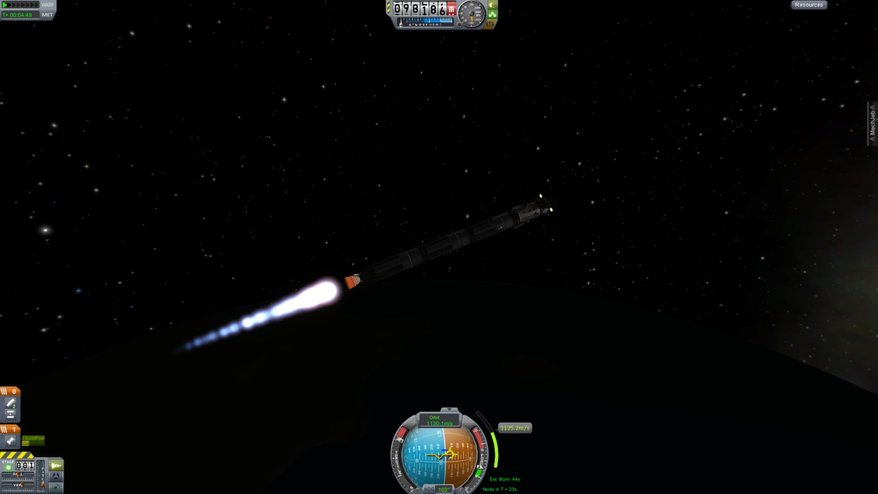Kerbal Space Program chronicle — part one: achieving orbit for science

“Orbits change easiest when you alter them from their opposite sides,” a nearby scientist tells me. Unfortunately I have no idea what that means, so he explains. Turns out, If you want to raise your lowest point, the periapsis, you want to increase your speed from the highest point, the apoapsis. Watching the live tracking on our map screens, I can see that our satellite's projected apoapsis is right at 100 kilometers.

I shut down the engines and let momentum take me the rest of the way. Once I'm on top of the apoapsis, I point directly at the horizon and fire the engines until the projected orbit rises out of the planet and stabilizes at about 100 kilometers.

Almost there. Detaching the fuel tanks and engine, the last thing I do is fire on the scientific instruments and extend my solar panels. Cheers erupt and the control room staff attempts awkward high-fives. Congratulations, Kerbin! We've put a satellite in orbit. It's the planet's first baby step into the great big universe, and it feels good. Historic, even.
Next time, we'll repeat this process with a live Kerbal, then bring him home again.
Keep up to date with the most important stories and the best deals, as picked by the PC Gamer team.

